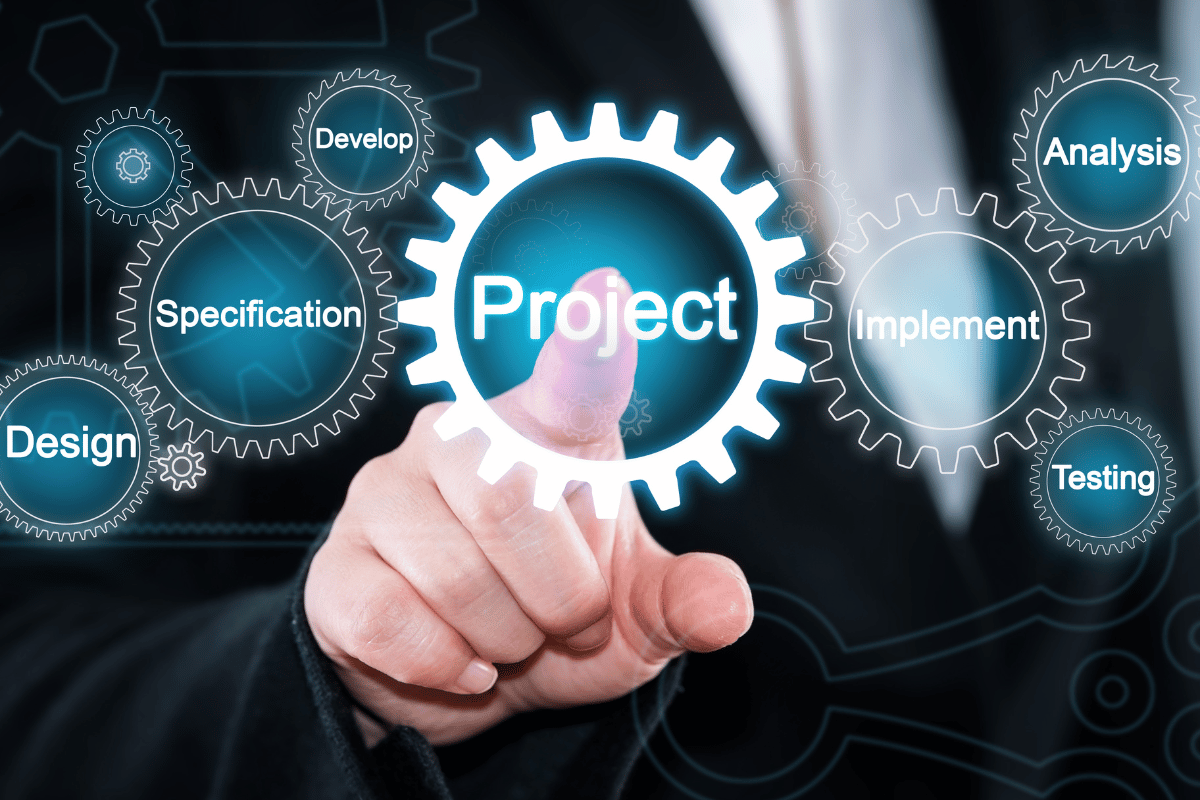The Power of Project-Based Learning: How Senior Projects Build Real-World Skills
School isn’t only about memorizing facts or filling in circles on a test. Schools and future bosses want students graduates who can actually DO things—more hands-on learning. Senior-year projects show that better than just about anything else.
A typical capstone project asks students to find a real-world problem, build a solution, and share what they learned. Meeting this requirement isn’t just something to check off before graduation. Projects also create a quick, real-world stage for students to practice the soft skills that theaters want today: speaking clearly, leading peers, collaborating well, and solving tricky problems.
In this post, we’ll see why projects like this are so important, how they get students ready for college and jobs after school, and what kinds of projects really pack a learning punch.
Why Senior Projects Matter
Unlike a week of standardized testing or a homework set due tomorrow, a senior project asks a student to set the pace for days or even months. They figure out what really needs to get done and then dig in to get it done. This longer timeline trains grit, flexibility, and the small voice that says “Finish it even when it’s hard”—traits that stick with you in college notes and in the office.
Here’s why they matter so much:
- Encourage Critical Thinking
Students must spot a problem, weigh different approaches, and pick the one that makes the most sense. That’s closer to how decisions get made outside school than answering math drills on paper. - Build Project Management Skills
Students practice SMART goal setting, make time blocks, budget materials, and pivot when plans change. These same moves show up in every workplace, no matter the job. - Sharpen Communication Skills
From writing a formal project proposal to giving a wrap-up presentation, students get to articulate, persuade, and persuade again. That kind of practice translates directly to team meetings and team leadership roles. - Foster Independence and Initiative
When they start the senior project, the students grab the wheel. Rather than following a step-by-step recipe, they design, plan, and execute their own vision. - Connect Learning to Real Life
Projects often tackle problems in the school, pursue a hobby, or sample a future career. That real-world tie helps students spot the practical value in their classes and makes them want to keep learning.
The Soft Skills Connection
Hiring managers say soft skills—leadership, adaptability, teamwork, and critical thinking, to name a few—are just as vital as coding or budgeting on the résumé. Senior projects create a stand-out chance for students to practice soft skills in a meaningful setting.
- Leadership: Students lead teams or work with mentors, growing their skills in guiding people toward shared goals.
- Collaboration: Most projects demand group effort, so teens learn teamwork and how to resolve differences respectfully.
- Adaptability: When setbacks happen—and they always do—students brainstorm solutions and switch directions when needed.
- Time Management: Balancing research, writing, and presentations teaches teens how to prioritize and budget their time well.
- Confidence: Sharing their work in public builds trust in their voices and boosts self-esteem about their ideas.
Examples of Impactful Senior Projects
The best part of senior projects is their variety—students can go academic, creative, service, or entrepreneurial. Check out these examples:
- STEM: Code a mobile app, craft a prototype robot, or complete an original lab study.
- Arts & Humanities: Produce a short-story collection, film a documentary, or organize a community art show.
- Community Service: Lead a food drive, launch an environmental awareness campaign, or set up a big-brother/big-sister program.
- Entrepreneurial: Start a small business, create a full marketing plan, or pitch a brand-new product.
Need ideas? Explore our Best Senior Project Ideas list for projects that marry book smarts with real-world problem-solving.
How Educators Can Maximize Project-Based Learning
When it comes to senior projects, teachers and schools are key players. Here are practical ways they can keep the momentum going:
- Set Clear Road Signs
Students feel more confident when they know the journey. Providing clear benchmarks for scope, due dates, and final formats helps them envision their path, while still allowing their ideas to soar. - Match with Real-World Guides
Connecting students to mentors who work in relevant fields is like giving them backstage passes. These experts offer advice, keep projects grounded in reality, and make the work feel purposeful. - Build in Checkpoint Journals
When students pause to reflect, their learning becomes visible. Journals or guided discussions can help them link their daily efforts, setbacks, and breakthroughs to the larger knowledge they’re gaining. - Spotlight the Learning
Hosting a showcase—be it a science fair or online gallery—turns private projects into public celebrations. Students get to feel proud, while communities see their schools committed to hands-on education.
Why Senior Projects Boost Career Readiness
Senior projects are more than a graduation requirement; they’re a résumé kicker. Here’s why employers notice them:
- Real-World Business Plan: Crafting a startup strategy demonstrates an entrepreneurial mindset.
- Charity Event Manager: Organizing a successful fundraiser shows leadership and planning chops.
- Digital Product Creator: Developing an app or website glaringly displays both technical talent and creativity.
Including these experiences on a résumé speaks volumes; they remind future employers a student can take an idea and run with it.
That’s why the senior project isn’t just another classroom assignment; it becomes the story every student can weave into college essays, scholarship forms, and future job interviews. In the end, the story is believable and compelling because it comes from the student, not the transcript.
Beyond High School: Lifelong Learning
Skills gained through a senior project don’t fade with the final bell. In college, classes demand the same blend of independent research, group problem-solving, and public-speaking confidence. In the working world, success boils down to managing deadlines, fixing broken plans, and sharing bright ideas.
Project-based learning is the rehearsal dinner before the wedding. It teaches curiosity, encourages resilience, and hands the lead role to the student who dares to act first. Those traits then turn into the toolkit for adapting to a job market that changes with the next big app.
Final Thoughts
Final papers don’t wrap up senior experience; the project does. These assignments are the equivalent of a backstage pass to the skills college and careers actually reward. By demanding creativity, independence, and an appetite for problem-solving, the senior project hands the diploma holder a sturdy, personalized closet of every essential “soft” skill.
Every employer now names the same short list when describing ideal hires: adaptability, teamwork, and the ability to lead without the title. In the education landscape, a senior project comes closer to the headline the classroom photo does. It teaches the skills that set a candidate apart. It turns ‘I can’ into ‘I did.’
For teachers, parents, and teenagers, pouring time and heart into thoughtful senior projects does more than wrap up high school— it builds a strong springboard for real-world victories down the road.







